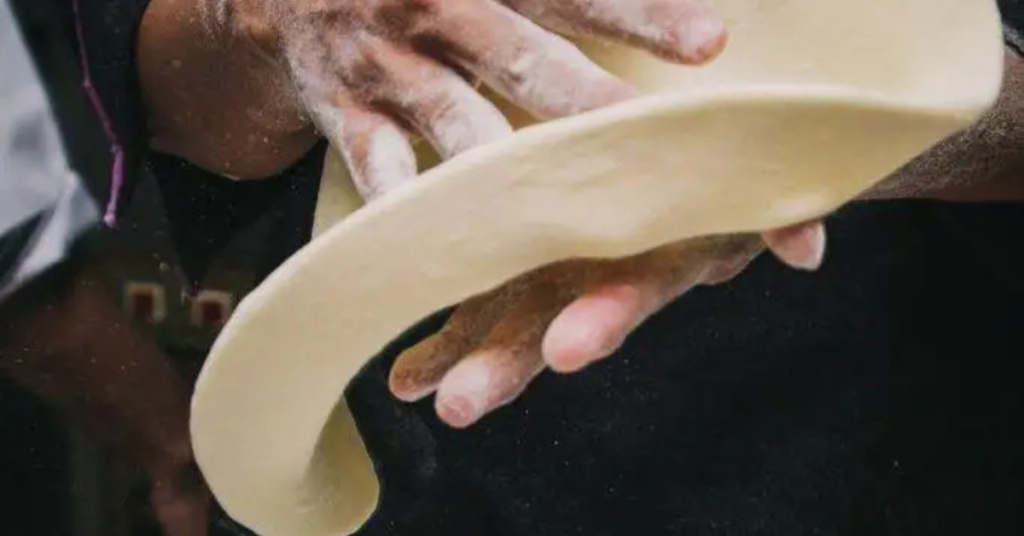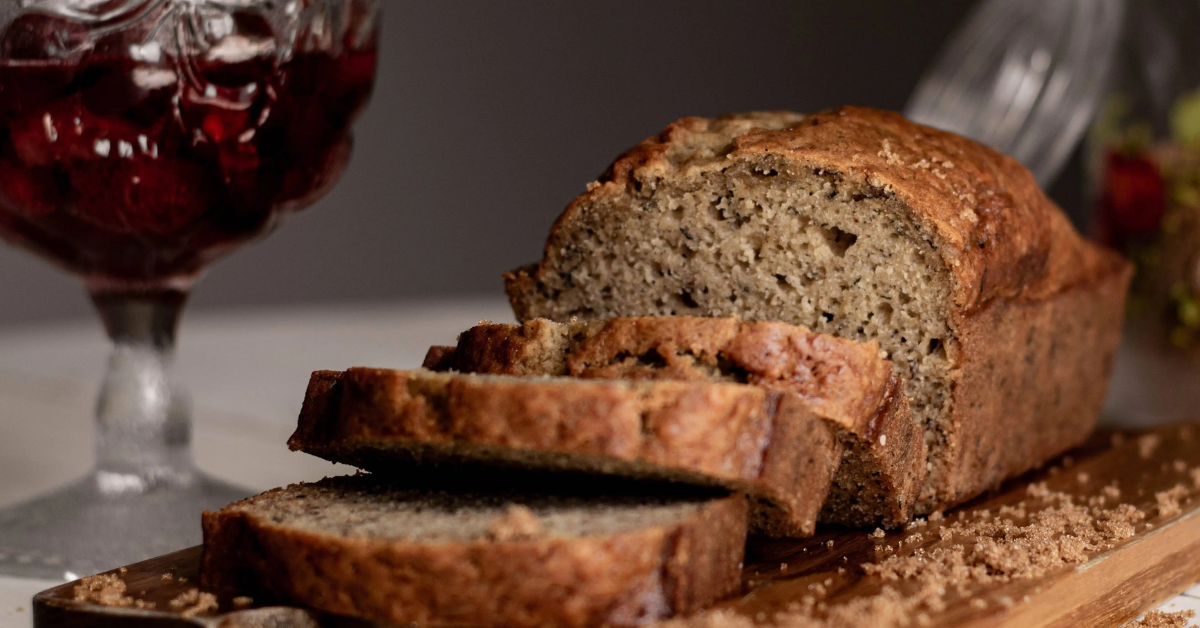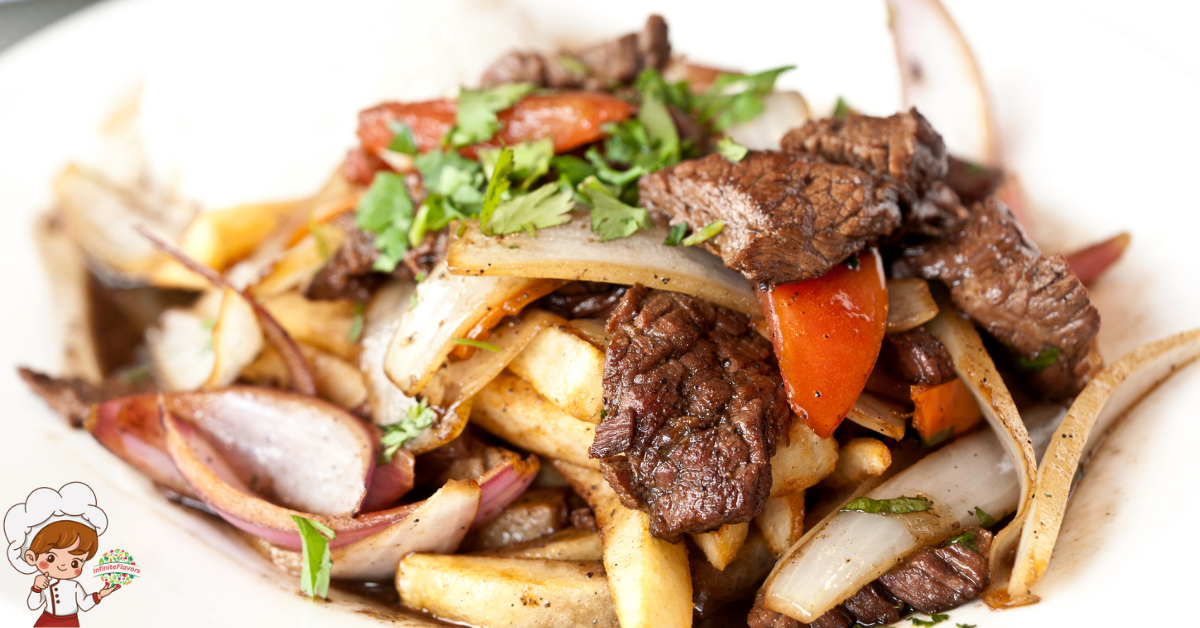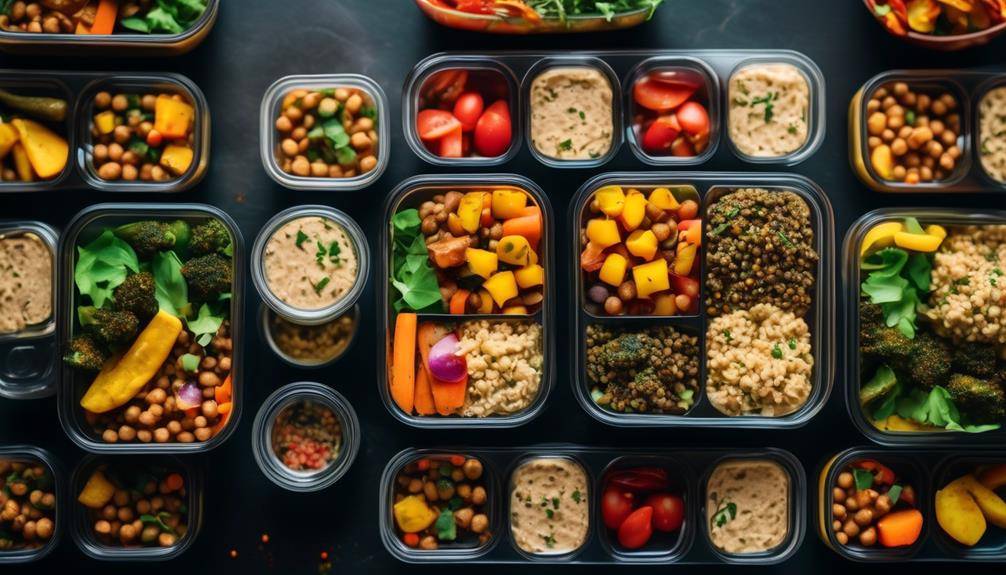4 Of the Best Steps to Homemade Pizza Dough

Homemade Pizza Dough; Are you ready to embark on a culinary adventure that will transport you to pizza paradise? Get ready to dive into the world of homemade pizza dough baking, where you’ll become the master of your own cheesy, saucy creation. In just four simple steps, you’ll be able to whip up a delicious pizza dough that will leave your taste buds dancing with delight. From gathering the perfect ingredients to preparing and baking the pizza, this guide will walk you through each stage with ease. So roll up your sleeves and get ready to knead, because with these four best steps, you’ll be serving up a slice of perfection in no time.
Gathering the Ingredients
How can you efficiently gather all the ingredients for homemade pizza dough? Well, it’s actually quite simple. In this step-by-step guide, we will walk you through the process of gathering the perfect ingredients for your homemade pizza dough.
Firstly, let’s start with the most important component – the toppings. Choosing the perfect toppings is crucial in creating a delicious pizza. Whether you prefer classic options like pepperoni and mozzarella, or you want to get creative with your choices, make sure you have all the ingredients ready. This includes fresh vegetables, herbs, meats, and of course, lots of cheese!
Now, let’s move on to the dough itself. To achieve a crispy crust, there are a few tips you should keep in mind. Firstly, opt for high-quality flour, as this will greatly affect the texture of your dough. All-purpose flour or bread flour works best for a crispy crust. Next, make sure to use warm water when activating the yeast. This will help the dough rise properly, resulting in a light and airy crust. Don’t forget to add a pinch of sugar to feed the yeast and enhance its fermentation process.
To efficiently gather all the ingredients, it’s a good idea to prepare a checklist beforehand. This way, you can ensure that you have everything you need without any last-minute trips to the grocery store. Make sure to include not only the main ingredients but also any additional seasonings or sauces you plan to use.
Mixing and Kneading the Dough
Start by combining the ingredients and kneading the dough until it becomes smooth and elastic. This step is crucial in creating the perfect pizza dough, as the consistency of the dough will determine the final result of your homemade pizza. Here are some techniques for kneading that will help you achieve the desired dough consistency:
- Push and Fold: Start by pushing the dough away from you with the heel of your hand. Then fold it back towards you and repeat the process. This technique helps distribute the ingredients evenly and develops gluten, giving the dough its elasticity.
- Stretch and Fold: Grab one end of the dough and stretch it away from you. Fold it back onto itself and press it down with your palms. Rotate the dough and repeat the process. This technique helps strengthen the gluten strands and improves the texture of the dough.
- Slap and Fold: Place the dough on a clean, lightly floured surface. Slap it down and fold it in half. Repeat this motion, slapping and folding the dough for several minutes. This technique helps to develop gluten quickly and efficiently.
As you knead the dough, you will notice it becoming smoother and more elastic. It should feel soft and slightly tacky to the touch. If the dough is too dry, add a little bit of water. If it’s too sticky, add a sprinkle of flour. Experiment with different techniques and find the one that works best for you.
Proofing and Rising the Dough
To ensure your homemade pizza dough turns out light and fluffy, when should you allow the dough to rest? The answer lies in the process of proofing and rising the dough. This crucial step allows the yeast to ferment and produce carbon dioxide, resulting in a beautifully airy and flavorful crust. But how do you achieve the perfect rise and texture? Let’s explore the importance of temperature control during dough proofing and the different methods of rising.
First and foremost, temperature control is key. Yeast is a living organism that thrives in warm environments. When proofing your dough, it is essential to maintain a consistent temperature between 75°F and 85°F. This allows the yeast to activate and ferment the dough properly, resulting in a light and airy texture. Too low of a temperature will slow down yeast activity, while too high of a temperature can kill the yeast altogether.
Now, let’s discuss the different methods of dough rising and their effects on the final crust texture. The most common method is the traditional room temperature rise. After kneading the dough, cover it with a damp cloth and leave it in a warm area for about 1 to 2 hours. This method allows the dough to slowly rise, resulting in a slightly denser crust with a more pronounced flavor.
Another popular method is the cold rise or refrigeration. After kneading, place the dough in an airtight container and let it rest in the refrigerator overnight. This slow rise method develops complex flavors and produces a chewier crust. It is perfect for those who prefer a more robust and substantial pizza.
Preparing and Baking the Pizza
Once the dough has risen, you can now begin preparing and baking your homemade pizza. It’s an exciting moment, as the delicious aroma of freshly baked pizza starts to fill your kitchen. Here are the next steps to ensure a perfect pizza:
- Choosing the perfect toppings:
- Let your creativity shine by selecting a variety of toppings that complement each other. From classic favorites like pepperoni and mushrooms to unique combinations like prosciutto and arugula, the options are endless.
- Experiment with different cheeses to achieve the desired texture and flavor. Mozzarella is a popular choice, but don’t be afraid to try feta, goat cheese, or even blue cheese for a twist.
- Don’t forget to add fresh herbs and spices to enhance the overall taste of your pizza. Basil, oregano, and garlic are always a good choice.
- Mastering the art of pizza sauce:
- Start by making a simple tomato sauce using canned crushed tomatoes, garlic, olive oil, and your favorite spices. Simmer it on the stove until it thickens and the flavors meld together.
- For a tangy twist, add a splash of balsamic vinegar or a squeeze of fresh lemon juice to your sauce.
- If you prefer a creamier sauce, mix together ricotta cheese, garlic, and herbs for a decadent white sauce alternative.
Now that you have your toppings and sauce ready, it’s time to assemble your pizza. Roll out the dough into your desired shape and thickness, then spread a generous amount of sauce evenly. Top it off with your chosen ingredients and a sprinkle of cheese.
Bake your pizza in a preheated oven at a high temperature, around 450°F (230°C), for about 12-15 minutes or until the crust turns golden brown and the cheese is bubbly and melted.
Get ready to savor the taste of your homemade pizza masterpiece. Serve it hot and enjoy every delicious bite!
Homemade Pizza Dough; Frequently Asked Questions
How Long Should I Let the Dough Rest Before Rolling It Out?
You should let the dough rest for at least 30 minutes before rolling it out. This resting time allows the gluten to relax, making it easier to work with. Once rested, use a rolling pin to gently roll the dough into your desired thickness.
Can I Use All-Purpose Flour Instead of Bread Flour for the Pizza Dough?
Yes, you can use all-purpose flour for pizza dough. To get a crispy crust, preheat your oven at a high temperature, roll the dough thin, and bake it on a preheated pizza stone or a hot baking sheet.
Can I Refrigerate the Dough Overnight and Bake It the Next Day?
Yes, you can refrigerate the dough overnight and bake it the next day. It’s a great option to save time. Just make sure to let the dough rest, prevent sticking by using flour, and consider freezing dough for future use.
Can I Freeze the Pizza Dough for Later Use?
Yes, you can freeze pizza dough for later use. Freezing dough is a great way to extend its shelf life and have fresh dough on hand whenever you want to make pizza.
How Do I Prevent the Dough From Sticking to the Pizza Stone While Baking?
To prevent the dough from sticking to the pizza stone while baking, use a rolling technique. Start by dusting the stone with flour or cornmeal. Then, roll out the dough on a lightly floured surface before transferring it to the stone.
Conclusion
In conclusion, making homemade pizza dough is easier than you think! By following these simple steps of gathering the ingredients, mixing and kneading the dough, proofing and rising it, and finally preparing and baking the pizza, you can enjoy a delicious and satisfying homemade pizza. So go ahead and give it a try, and impress your friends and family with your very own homemade pizza masterpiece!








